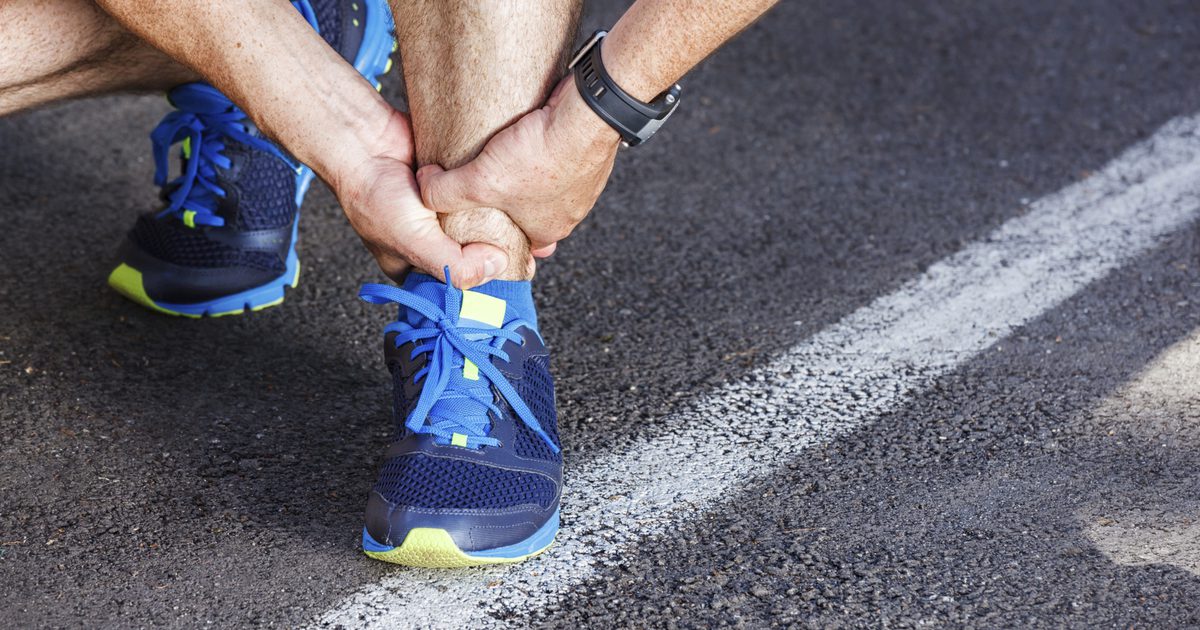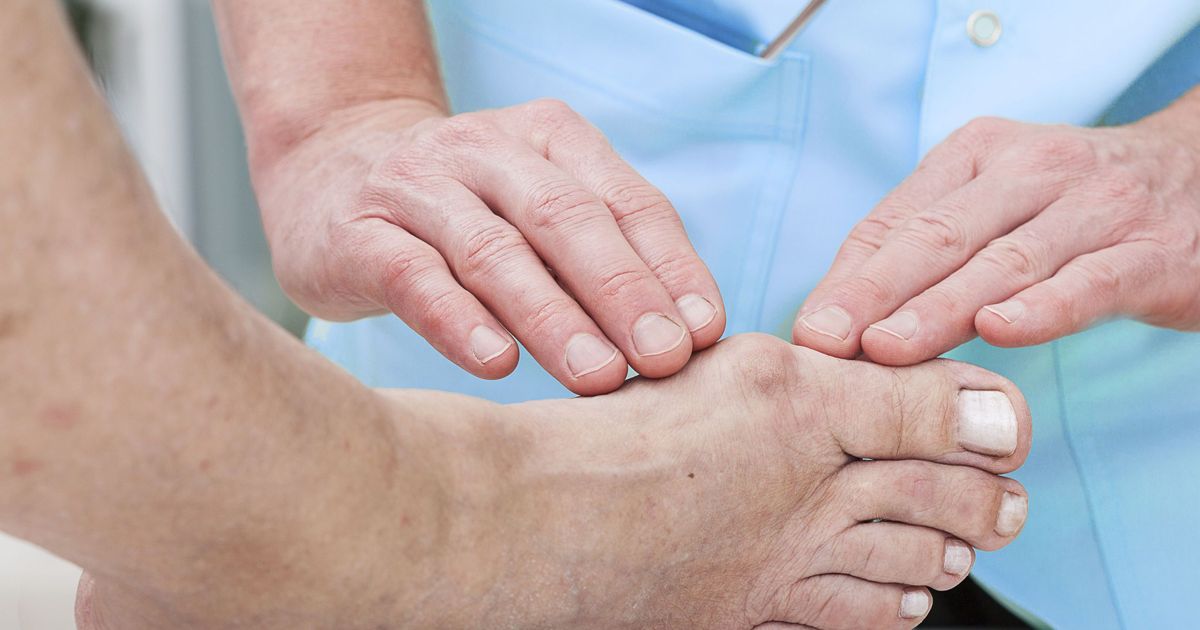Health Benefits Of Wearing Orthotics
Unlike standard shoe inserts, orthotics are medical devices usually obtained via a prescription. Orthotics are meant to be worn inside the shoes to correct a range of structural issues as well as treating many medical conditions. Orthotic devices are divided into soft and rigid orthotics, both of which provide similar benefits. Soft orthotics are crafted from soft materials designed to provide additional cushioning. On the other hand, rigid orthotics are built from harder materials like carbon fiber or plastic. The problems best corrected with rigid orthotics don't necessarily need to be caused by medical conditions like diabetes or bursitis.
Uncover the major health benefits of wearing orthotics now.
Reduces Foot And Leg Pain

Among the most notable benefits of wearing orthotics is doing so reduces foot and leg pain. An array of conditions can cause such pain. Even poor posture can eventually lead to the development of pain and discomfort around the foot and leg. Many causes of these symptoms originate within the lower back, which is comprised of the nerves that control function and movements in the legs and feet. Some of the more common health conditions that can cause foot and leg pain include lumbar degenerative disc disease, a herniated disc, and spinal stenosis. It's possible the pain has developed because of an awkward sleeping position or because individuals need to stand for lengthy periods at work. By wearing orthotics, patients will be able to maintain the correct alignment of the feet and legs, which means any pain in these areas should lessen over time. Even if the pain isn't severe, wearing orthotics now can prevent the issues from worsening.
Learn more about why wearing orthotics benefits health now.
Helps Manage Minor Foot Deformities

Orthotics help manage minor foot deformities and can help individuals walk and run properly. Foot deformities are either congenital or can be acquired at some point in life, the former of which means the deformity is present at birth. If the deformity is of the structural variety, orthotics may be able to provide slight corrections that make the effects of the deformity all but disappear. The most notable congenital foot deformity is a club foot, which is oftentimes congenital and results in the foot being twisted in an incorrect shape or position. While severe cases of club foot may need to be corrected with surgery, orthotics can prove helpful with minor cases. Some of the additional foot deformities that could be managed with orthotics include splay foot, metatarsus adductus, or pes cavus, the latter of which is more commonly referred to as a high arch. If patients suffer from splay foot, orthotics can provide support to the ball of the foot, which should provide some relief and help them walk and stand more naturally. Orthotic devices are also commonly used with high arch issues.
Continue reading to reveal more health benefits of wearing orthotics now.
